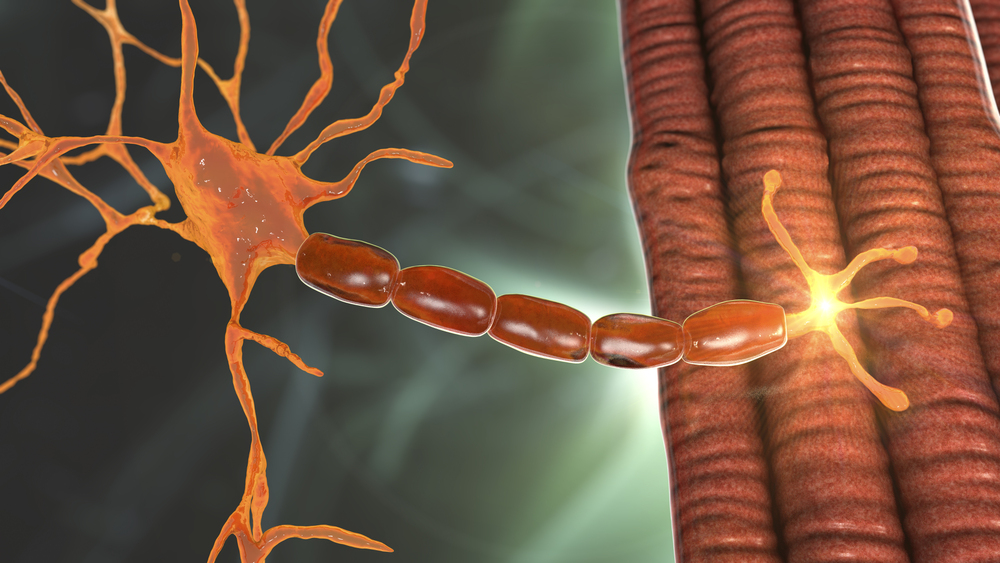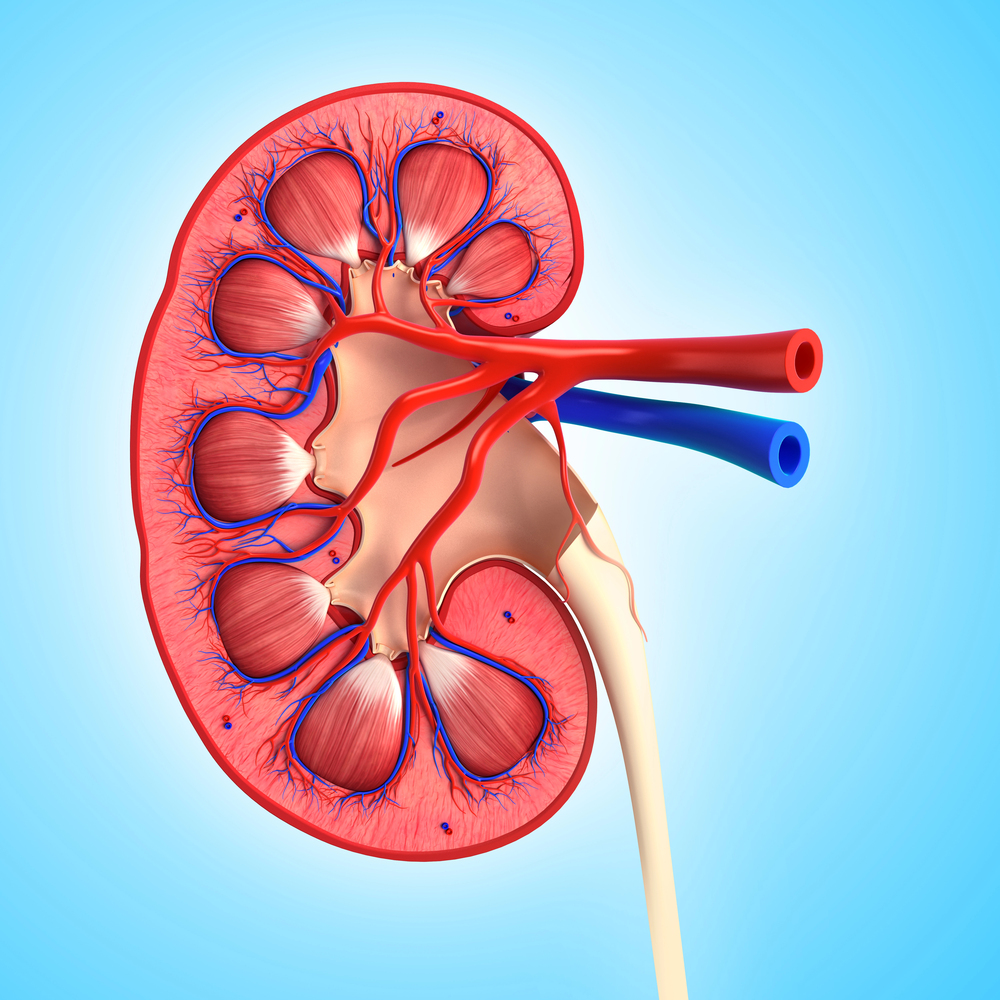Unfurling the Mystery of Plant Chromosome Numbers – Dr Paul Wolf, University of Alabama
Original Article Reference
This SciPod is a summary of the paper:
Share Episode
About this episode
Plants are more tolerant of changes in their chromosome number than animals. Even dramatic changes, such as doubling of the entire genome, sometimes leads to beneficial outcomes. Though a history of genome doubling is common in most plants, the chromosome number in many plants does not reflect this. Complex genome downsizing processes help these plants shed extra genetic information, but are poorly understood. Through comparisons with ferns – a group with high chromosome numbers – Dr Paul Wolf from the University of Alabama in Huntsville aims to shed light on genome downsizing.
This work is licensed under a Creative Commons Attribution 4.0 International License. 
What does this mean?
Share: You can copy and redistribute the material in any medium or format
Adapt: You can change, and build upon the material for any purpose, even commercially.
Credit: You must give appropriate credit, provide a link to the license, and indicate if changes were made.
Related episodes
Dr. Sarallah Rezazadeh | Unlocking the Secrets of Aging: How Stem Cells Hold the Key to Vitality
Aging is a tale written by the cells in our bodies, although some cell types play a bigger role than others. At the crux of this story is an intriguing protagonist: the stem cell. These master builders, which can differentiate into any cell type, thereby helping to replace diseased or worn-out tissues, are essential for tissue repair and in maintaining health into old age. But as we get older, the capabilities of stem cells gradually diminish, which is known as stem cell exhaustion and is a key facet of aging itself. Stem cell exhaustion plays a role in a large number of age-related diseases, meaning that it could be a crucial research target in developing new treatments and techniques to help us age well. A Research Topic in the open-access journal Frontiers in Aging has been curated by Dr. Sarallah Rezazadeh of the Icahn School of Medicine at Mount Sinai and Professor Georgina May Ellison-Hughes of King’s College London. The Topic collects groundbreaking studies into stem cell exhaustion under one open-access roof, exploring the detailed mechanisms underlying the phenomenon and establishing the field in a wider context to identify promising therapeutic approaches for those later in life.
Charles Frison-Roche | The Hidden Architects of Movement: The Role of MBNL Proteins in Movement
Researchers have made a significant advancement in understanding an important component of the nervous system: the neuromuscular junction, a crucial connection between nerves and muscles. A recent study performed by Charles Frison-Roche of the Center of Research in Myology in the Sorbonne University, Paris, and colleagues, reveals the role of proteins known as Muscleblind-like proteins, or MBNL proteins for short, which help to regulate motor coordination by helping to maintain neuromuscular junction stability. This discovery is potentially very useful, as loss-of-function of MBNL proteins is a hallmark of a genetic condition called Myotonic Dystrophy type 1 (or DM1 for short). DM1 disrupts muscle control, leading to muscle weakness, problems with balance, and other symptoms that can get progressively worse over time. MBNL proteins, and their role in the neuromuscular junction, may represent new treatment targets in DM1.
Dr Sandra Goritschnig – Dr Pasquale Tripodi | The Science of Greens: Using Genetic Insights to Cultivate Better, Stronger Lettuce
In recent years, rapid advancements in techniques for genetic analysis and manipulation have enhanced our potential to understand and improve crop diversity. An innovative project led by Dr. Pasquale Tripodi of the Italian Council for Agricultural Research and Economics and Dr Sandra Goritschnig of the European Cooperative Programme for Plant Genetic Resources marks a significant advance in the study of lettuce genetics. Their recently published research platforms a highly sophisticated technique to analyse genetic diversity within lettuces called Single Primer Enrichment Technology, or SPET for short. This approach provides a highly detailed view of lettuce genetics and also has significant implications for agricultural resilience and crop selection and breeding.
Dr. Serena Kuang | Inside the Kidney’s ‘Countercurrent’ Mystery: A New Model for Teaching and Studying Water Balance
Our kidneys filter blood to remove waste and can regulate water balance. We’ve all experienced that when we’re thirsty urine becomes concentrated, signalling us to drink more water. When we drink excess water, we urinate more frequently, and the urine is diluted. The kidneys’ ability to concentrate or dilute urine according to our body’s need relies on countercurrent multiplication (or CCM), a complex process that generates a salt concentration gradient in the kidney. However, CCM is challenging to teach and understand. Dr. Serena Kuang, a researcher and educator at Oakland University William Beaumont School of Medicine, has developed a more understandable CCM model and clears up errors in existing explanations making CCM easier to understand and teach.
Increase the impact of your research
• Good science communication helps people make informed decisions and motivates them to take appropriate and affirmative action.
• Good science communication encourages everyday people to be scientifically literate so that they can analyse the integrity and legitimacy of information.
• Good science communication encourages people into STEM-related fields of study and employment.
• Good public science communication fosters a community around research that includes both members of the public, policymakers and scientists.
• In a recent survey, 75% of people suggested they would prefer to listen to an interesting story than read it.

Step 1 Upload your science paper
Step 2 SciPod script written
Step 3 Voice audio recorded
Step 4 SciPod published




